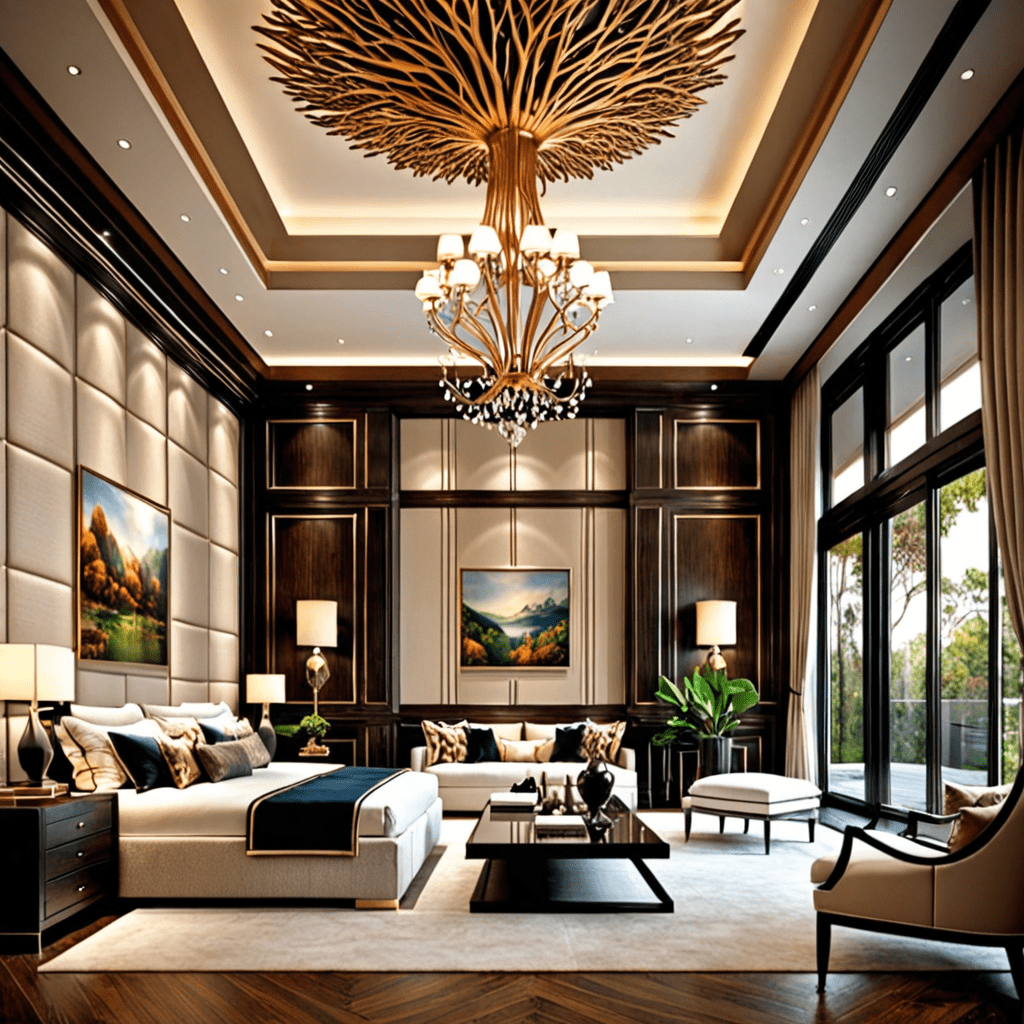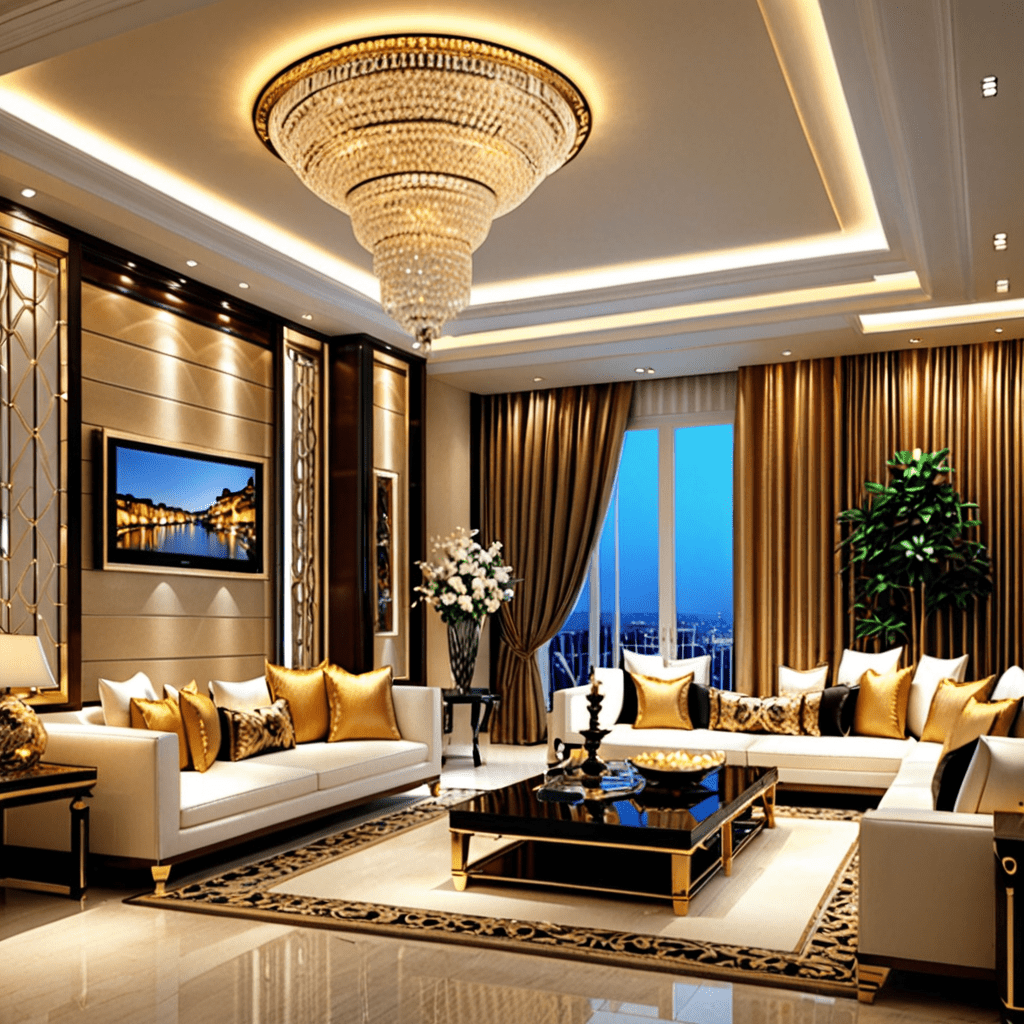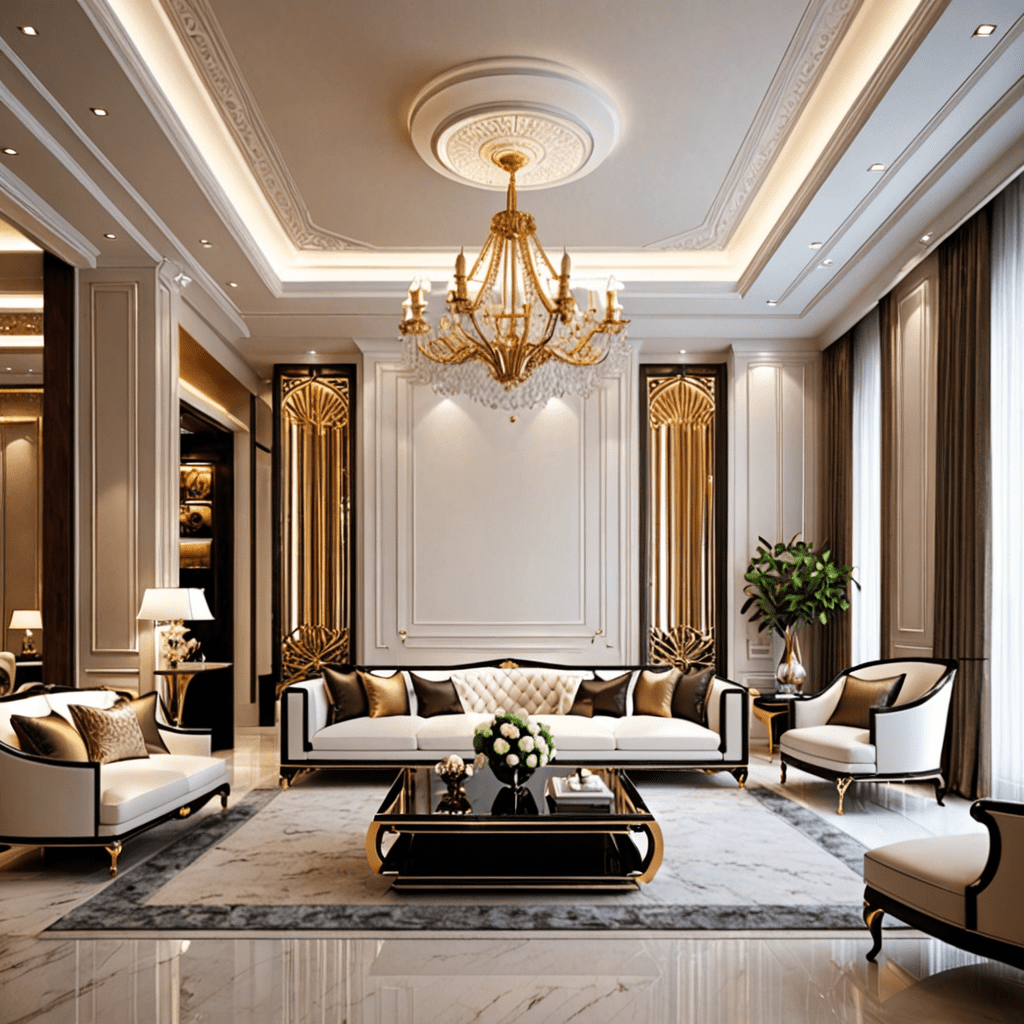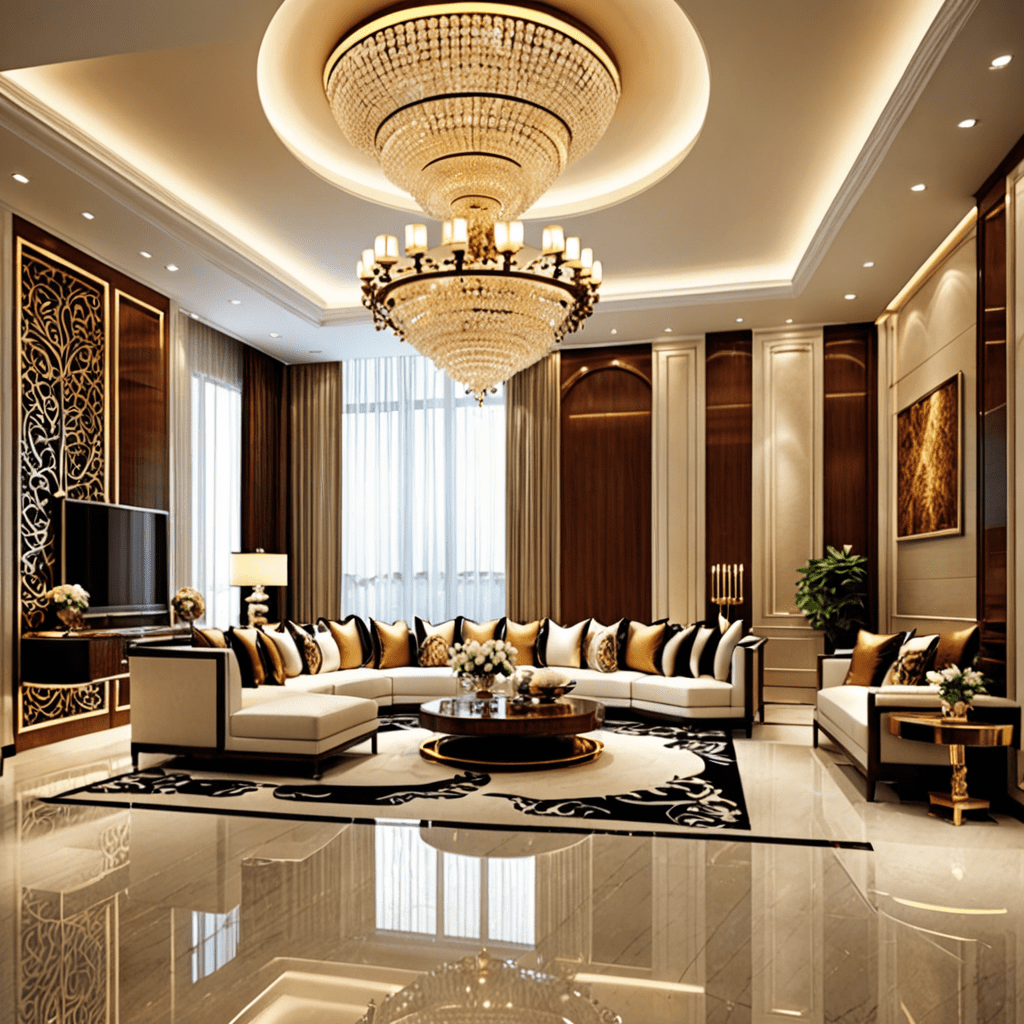Achieving Balance in Interior Design
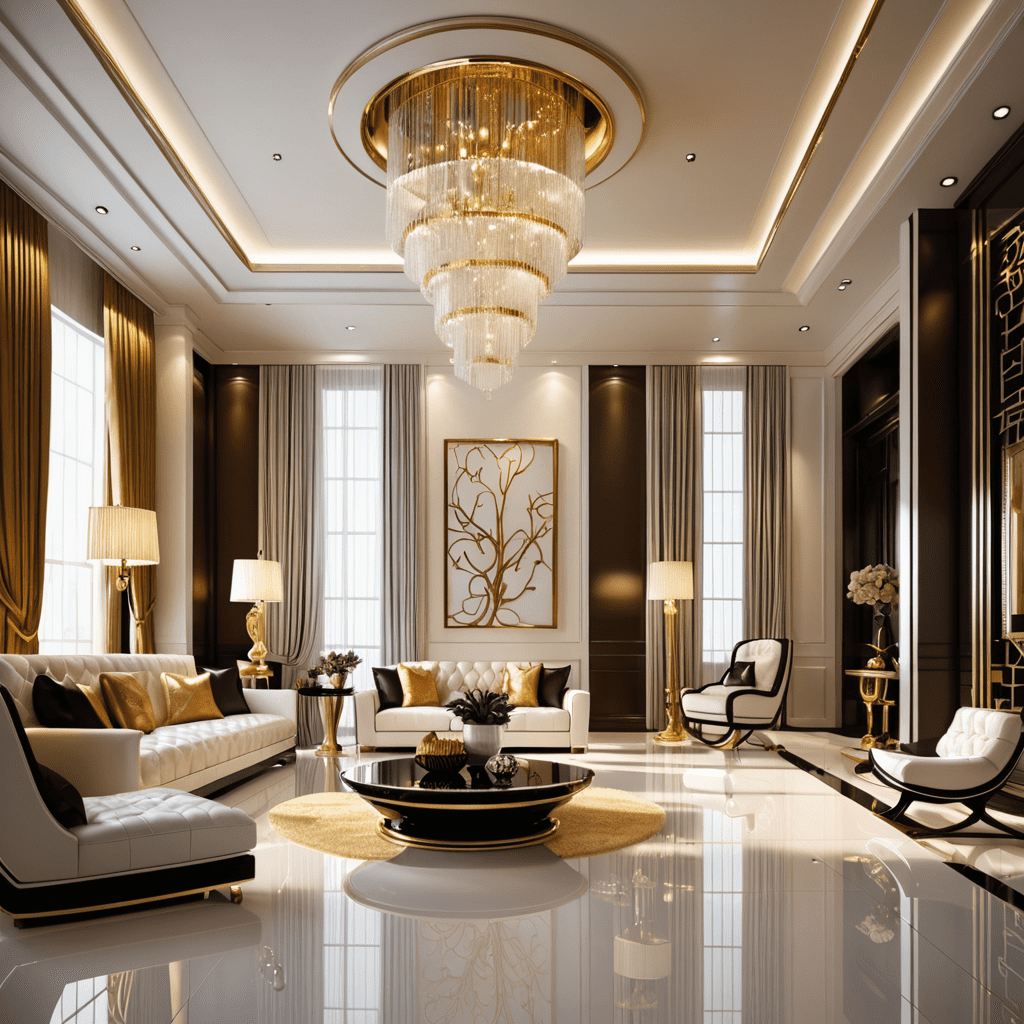

Achieving Balance in Interior Design
When it comes to creating a visually appealing and harmonious space, balance is key. Balance in interior design refers to the distribution of visual weight and the arrangement of elements within a room. It involves finding the right mix of colors, textures, patterns, and sizes to create a sense of equilibrium. In this article, we will explore the concept of balance in interior design, discuss different types of balance, and provide tips on how to achieve balance in your own space.
Types of Balance in Interior Design
1. Symmetrical Balance
Symmetrical balance, also known as formal balance, is achieved when elements are evenly distributed on either side of a central axis. This type of balance creates a sense of order and stability in a room. Examples of symmetrical balance include identical pairs of furniture, matching accessories, and evenly spaced artwork on a wall.
2. Asymmetrical Balance
Asymmetrical balance, also known as informal balance, is achieved when different elements of various sizes and visual weights are arranged in a way that creates a sense of equilibrium. Unlike symmetrical balance, asymmetrical balance is more dynamic and adds visual interest to a space. To achieve asymmetrical balance, you can arrange different-sized objects in a way that creates a balanced composition.
3. Radial Balance
Radial balance is achieved when elements radiate from a central point, creating a circular or spiral pattern. This type of balance is often seen in designs where a central focal point is surrounded by elements of varying sizes and shapes. Radial balance can be found in round tables surrounded by chairs, sunburst mirrors, or a circular gallery wall.
Tips for Achieving Balance in Interior Design
Now that we have explored the different types of balance, let’s discuss some tips on how to achieve balance in your own interior design projects:
- Consider the visual weight of objects: Visual weight refers to how heavy or light an object appears. Balance heavier objects with lighter ones to create equilibrium. For example, if you have a large, bulky sofa, balance it with lighter and airier furniture pieces.
Mix colors and patterns: To achieve balance, mix different colors and patterns throughout the space. Distribute them evenly to avoid a cluttered or overwhelming look. For instance, if you have a bold patterned rug, balance it with solid-colored furniture and accessories.
Pay attention to scale: Scale refers to the size of objects in relation to each other and the room. Balancing different scales helps create a visually appealing space. For example, pair a large coffee table with a substantial sofa and accent it with smaller side tables.
Create focal points: Focal points draw the eye and create a sense of balance. Whether it’s a fireplace, a piece of artwork, or a statement piece of furniture, use focal points strategically to achieve balance in the room.
Experiment with asymmetry: Asymmetry adds visual interest and creates a more dynamic space. Play with different sizes, shapes, and heights when arranging objects. But remember to maintain a sense of visual equilibrium.
Consider the overall layout: Balance should be achieved not only within individual spaces but also throughout the entire room. Pay attention to how different areas relate to each other in terms of color, scale, and visual weight.
By following these tips and understanding the different types of balance, you can create a well-balanced interior design that is visually appealing and harmonious.
Frequently Asked Questions
Q: How can I create balance in a small room?
A: In a small room, it’s important to keep the scale of furniture appropriate. Opt for lighter colors, reflective surfaces, and avoid clutter to create a sense of balance and openness.
Q: Can I mix different design styles while still achieving balance?
A: Yes, mixing different design styles can add visual interest to a space. To achieve balance, ensure that there is a cohesive element that ties the different styles together, such as a consistent color palette or similar textures.
Q: How can I create balance in a minimalist design?
A: In a minimalist design, balance can be achieved by carefully curating and arranging a few key pieces. Focus on simplicity, clean lines, and a limited color palette to create a sense of calm and balance.
Q: Is balance the same as symmetry?
A: No, balance and symmetry are two different concepts. Symmetry refers to the exact mirroring of objects on either side of a central axis, while balance encompasses a broader sense of equilibrium and visual weight distribution.
Q: Can lighting contribute to balance in interior design?
A: Absolutely! Lighting plays a crucial role in interior design and can enhance the overall balance in a room. Use a combination of ambient, task, and accent lighting to create balanced illumination throughout the space.
Q: How can I create balance in an open-concept living area?
A: In an open-concept living area, consider using area rugs, furniture groupings, and defined zones to create a sense of balance and separation within the space. Choose complementary colors and textures to tie the different areas together visually.

